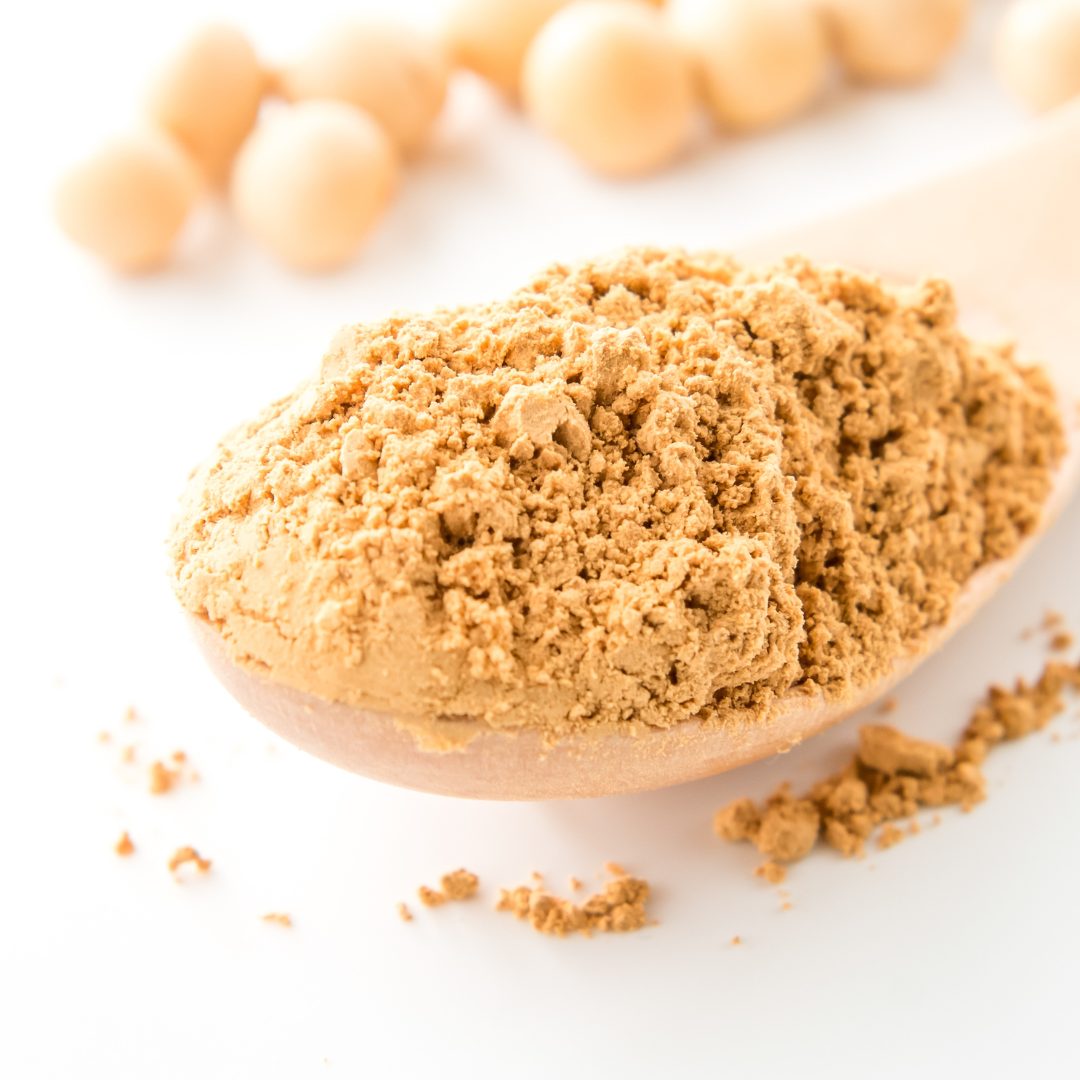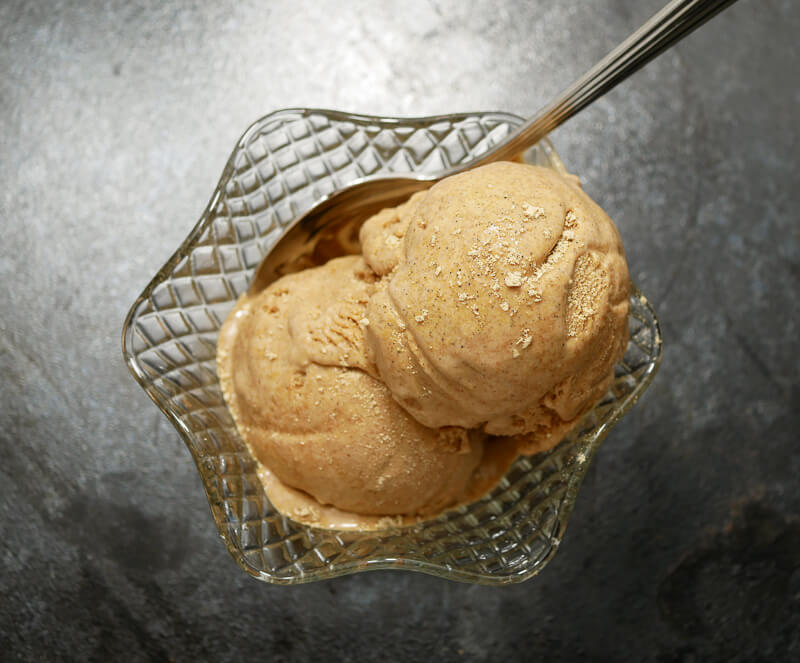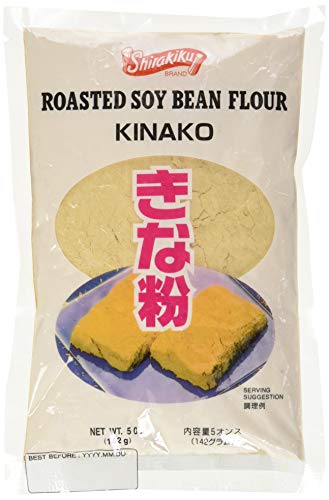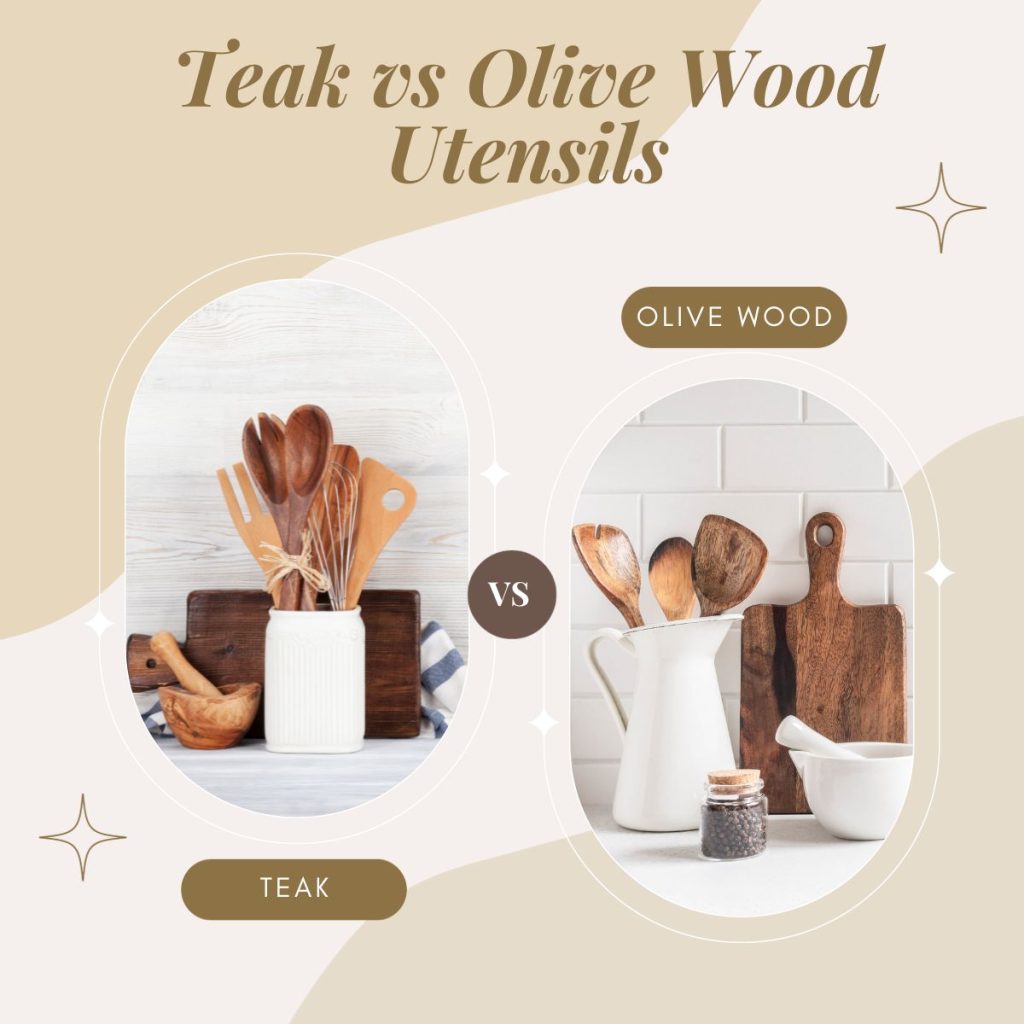Have you ever tasted kinako, the sweet, nutty, and slightly roasted flour that is a staple in Japanese cuisine?
If not, you’re in for a treat! Kinako is a versatile and delicious ingredient that can be used in a wide range of dishes.
If you’re curious about this unique ingredient and want to learn more, keep reading for answers to some of the most frequently asked questions about kinako.

What is kinako?
It is a type of roasted soybean flour that is commonly used in Japanese cuisine.
The flour is made by roasting whole soybeans, removing the outer hull, and grinding the remaining soybean into a fine powder.
what is kinako made of?
Kinako is a type of flour made from roasted soybeans that have been ground into a fine powder.
To make kinako, the soybeans are first soaked, then steamed or boiled, and finally roasted until they are dry and browned.
The roasted soybeans are then ground into a fine powder, which is sifted to remove any large particles or impurities.
The resulting flour is light brown in color, with a sweet, nutty flavor that is often compared to peanut butter.
What does kinako taste like?
Kinako has a sweet, nutty, and slightly roasted flavor that is often compared to peanut butter or toasted almonds.
The flavor is not overpowering, but rather subtle and delicate.
The texture of kinako is also unique, as it is a very fine powder that can be smooth or slightly gritty depending on the preparation.
Overall, kinako adds a rich and satisfying flavor to a variety of dishes, making it a popular ingredient in Japanese cuisine.
What are the health benefits of kinako?
Kinako is high in protein and fiber, making it a filling and nutritious ingredient.
It is also rich in vitamins and minerals, such as calcium, iron, and potassium.

How do I prepare kinako?
Kinako can be used in a variety of ways, such as a topping for desserts, mixed into smoothies, or used as a coating for fried foods.
It can also be used to make traditional Japanese sweets, such as mochi or dango.
You can try my recipe for Kinako Ice Cream with Kuromitsu.
Is kinako suitable for vegans and vegetarians?
Yes, kinako is suitable for both vegans and vegetarians.
Kinako is made from roasted soybeans and does not contain any animal products, making it a plant-based ingredient.
However, if you have any concerns about the sourcing or processing of the kinako you are purchasing, it is always a good idea to check the ingredient list or contact the manufacturer to ensure that it aligns with your dietary preferences and needs.
Where can I buy kinako?
Kinako can be found in many Japanese grocery stores, Asian markets, and online retailers that specialize in Japanese ingredients.
Some health food stores may also carry kinako or soybean flour.
When purchasing kinako, look for high-quality, fresh products that have a sweet, nutty aroma and a light brown color.
You can buy Kinako online here.
How should I store kinako?
Kinako should be stored in an airtight container in a cool, dry place away from direct sunlight.
Exposure to light, heat, and moisture can cause the flour to spoil or lose its flavor over time.
It is best to use kinako within a few months of opening the package, as the flavor and quality can start to deteriorate over time.
If you plan on storing kinako for a longer period of time, you can also store it in the refrigerator or freezer to help extend its shelf life.

What are the different types of kinako?
There are several types of kinako, including roasted soybean kinako and black soybean kinako.
Roasted soybean kinako is the most common type and has a light brown color and a nutty flavor.
Black soybean kinako has a darker color and a slightly sweeter flavor.
Conclusion
Kinako is a versatile and flavorful ingredient that is widely used in Japanese cuisine.
Made from roasted soybeans, it has a sweet, nutty flavor and is a good source of protein and other nutrients.
Whether you’re looking to try a new ingredient in your cooking, experiment with different flavors and textures, or simply enjoy a tasty and healthy snack, kinako is a great choice.
Want to learn more about Japanese cuisine, avail my shopcookbook now!










Konnichiwa! (Hello!) I'm Pat Tokuyama, a Japanese tofu cookbook author, who travels for music, food, and adventure. If you like Japanese tea, checkout some of the newestorganic japanese tea, matcha bowls and noren and more!
** Curious about the Plant Based Japanese Cooking Club? ** Learn more here!